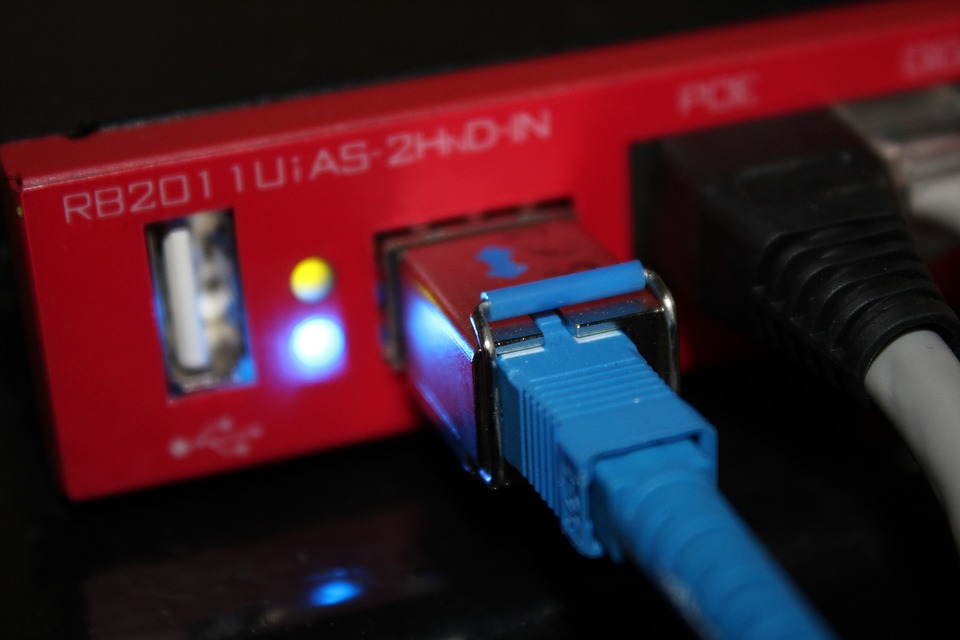Broadband and WiFi are terms repeatedly used interchangeably more often than not. However, the two refer to completely
different things and should be understood if you are to get your internet basics right. Understanding both terms and telling them apart can prove to be beneficial in choosing the right ISP since there are several internet service providers to choose from.
Over the years, the internet has become a standard feature on most mobile devices and is used in several homes and workplaces. There are numerous ways to access the internet through these devices. Nevertheless, to understand how to establish an internet connection, you would need to know the difference between broadband and WiFi.
What is Broadband?
Broadband is a term used to refer to wide bandwidth data transmissions. The internet is the data being transmitted to and from two devices, and broadband is the data’s pathway.
There are several different types of broadband connections. The most common ones include:
- Fiber – Fiber broadband utilizes fiber optic technology to convert electric signals to light. These electric signals carry data, and once converted to light; the data can be sent through transparent glass fibers. This means fiber broadband transmits data at a significant speed
- DSL ( Digital Subscriber Line ) – DSL uses copper wires in businesses and homes from telephone lines to transmit data. There are two common types of DSL connections:
- ADSL – Asymmetric digital subscriber line allows users to send a lot of data but not receive a lot of data
- SDSL – Symmetric digital subscriber line requires fast speeds to send and receive data
- Cable – Cable broadband utilizes the coaxial cable companies use to send sound and pictures to your television for data transmission. Cable broadband uses external devices called modems, and their speed often vary depending on the cable provider
- Wireless – Wireless broadband can either be fixed or mobile and uses radio signals to transmit data to the customer’s location from the service provider’s facility. Wireless broadband facilitates long-range data transmission
- BPL ( Broadband over Powerline ) – BPL uses existing power lines to transmit data and can be set up through the electrical systems in buildings. Since it is a relatively new technology, BPL is only available in select areas
- Satellite – Satellite broadband is a kind of wireless broadband that transmits data through satellites in the earth’s orbit
How Do Broadband Connections Work?
Unlike old dial-up connections, which provide internet through a single line, broadband connections offer the internet through the use of several lines that can transmit a lot of data. Simply put, broadband connections utilize more than one band for data transfer.
Think of dial-up connections as one-way streets where only one car can move at a time and broadband connections as a highway with multiple lanes where multiple cars can move all at once. In this analogy, each car represents the data transmitted to you and received from you. Consequently, broadband’s capacity for parallel transfer of substantial data enhances the speed of the internet.
What is WiFi?
WiFi refers to a technology that uses radio frequencies and signals to send and receive data between two devices wirelessly. WiFi can also be interpreted as how to access broadband without wires.
Every WiFi connection works on two kinds of frequency bands:
- 2.4Ghz – This frequency band is typically used for lower bandwidth and longer distances
- 5Ghz – This frequency band is utilized for larger bandwidth and shorter distances
How Do WiFi Connections Work?
Every WiFi connection works on two different frequency bands for sending and receiving data. To access the internet for information, a request is sent to your modem and router then a response is sent back from the modem to the router. The router then sends the data back to the user’s device wirelessly.
Opt For What Works For You
Broadband offers users a much more secure connection than WiFi, but both connections provide high-speed internet access at reasonable prices – quality will depend on the provider. Still, most people prefer WiFi to broadband since it offers several convenient options. It is best to find out which one would suit your internet needs before choosing to invest in an internet service provider.
Source: Pixabay
















